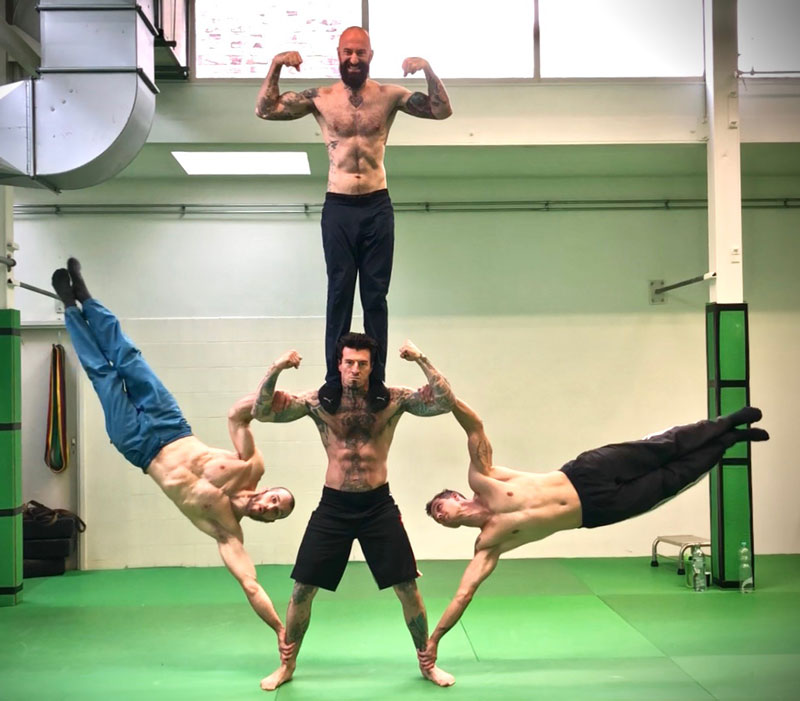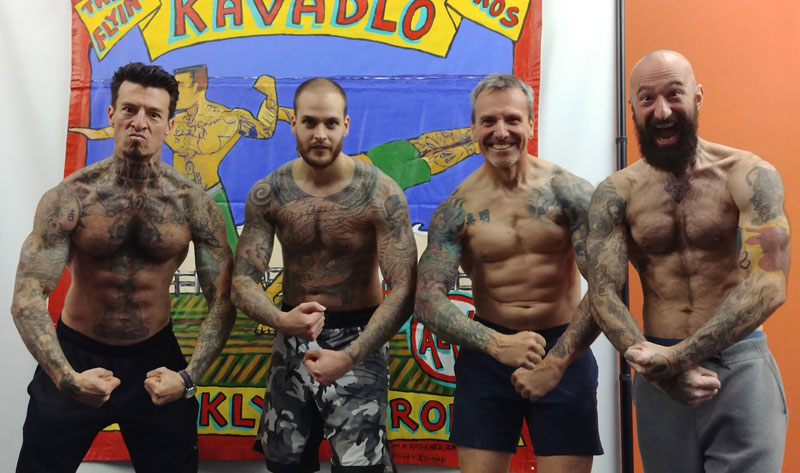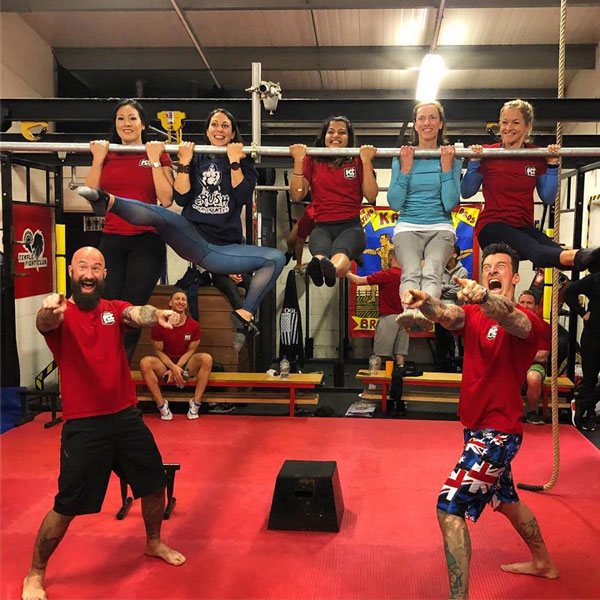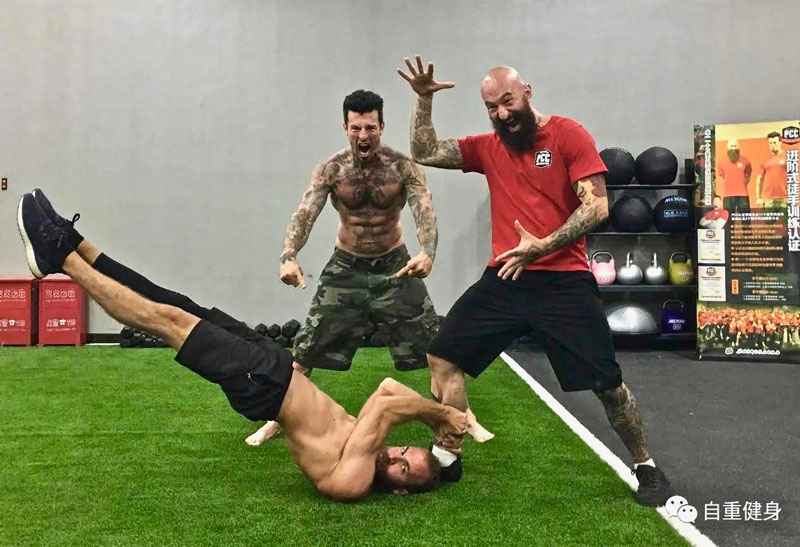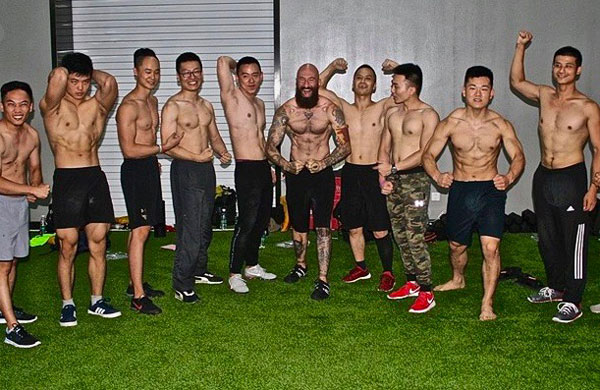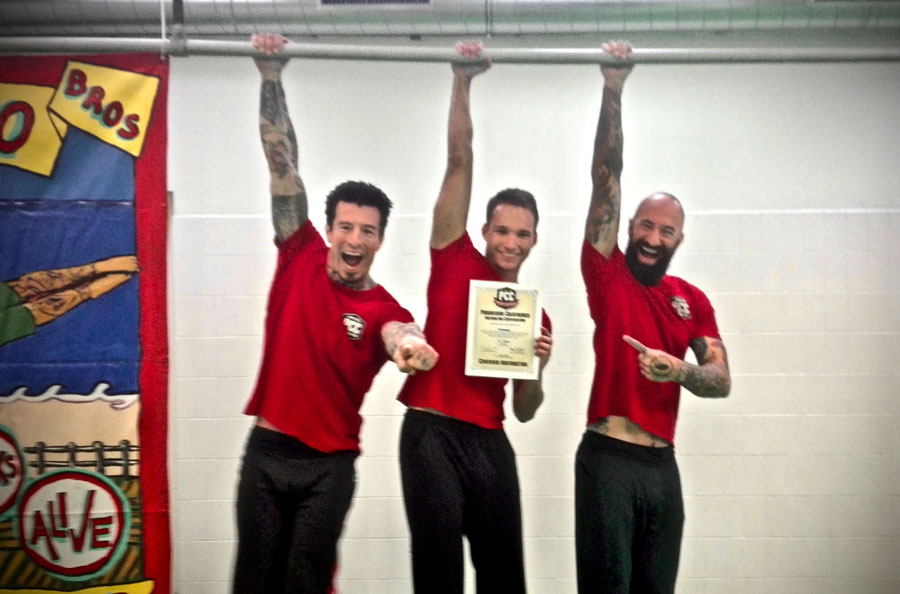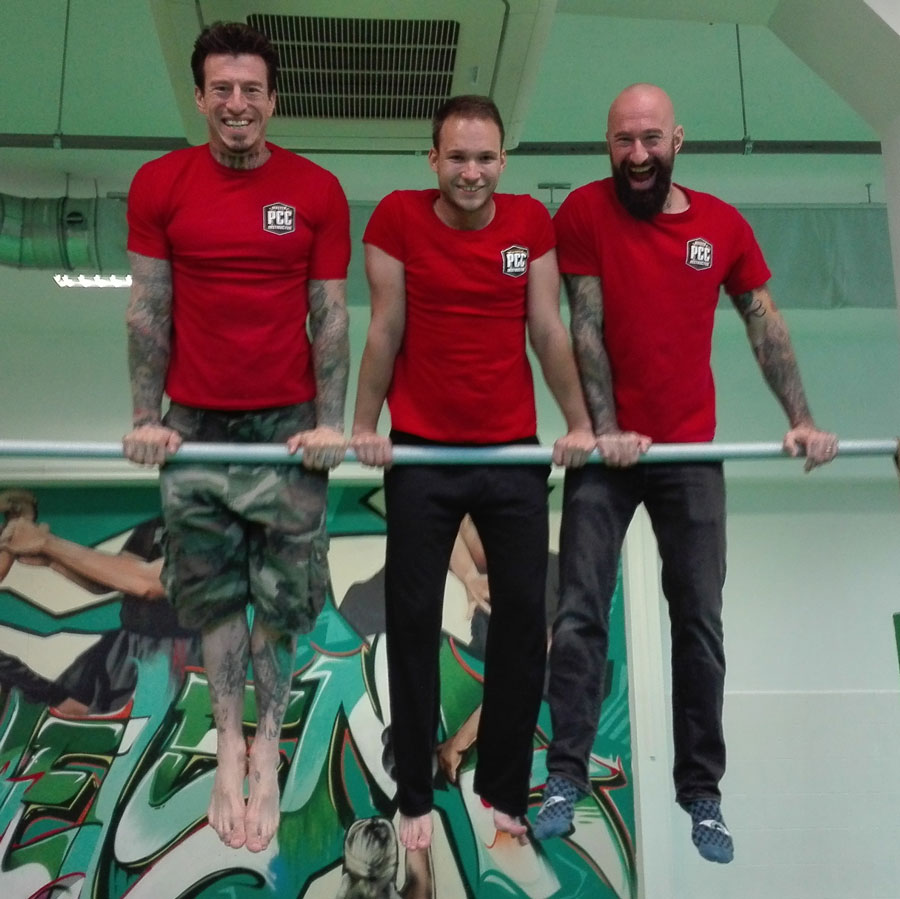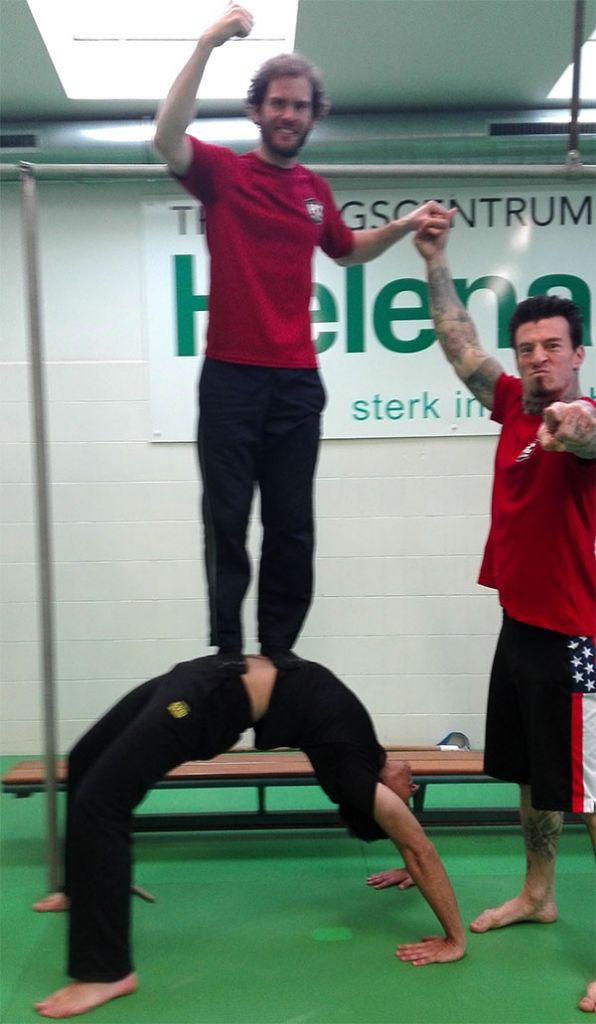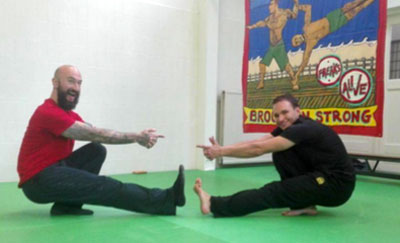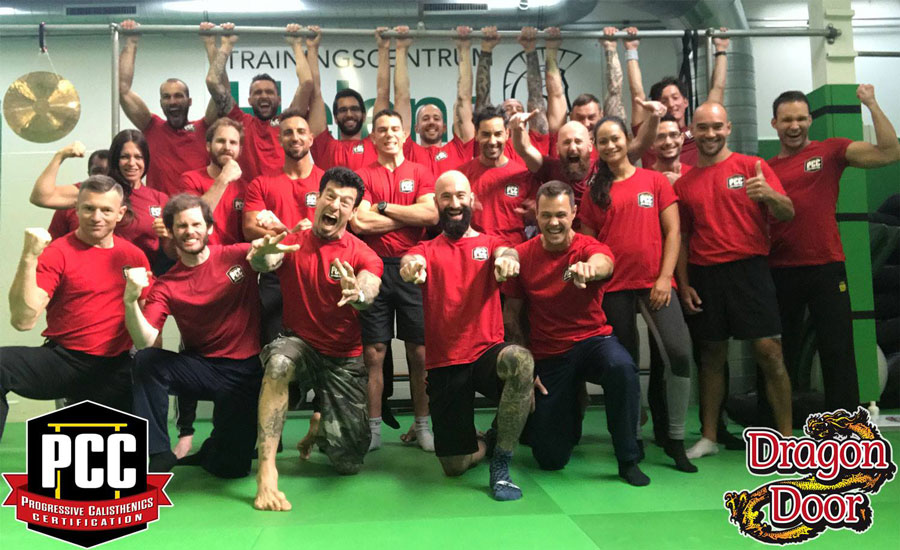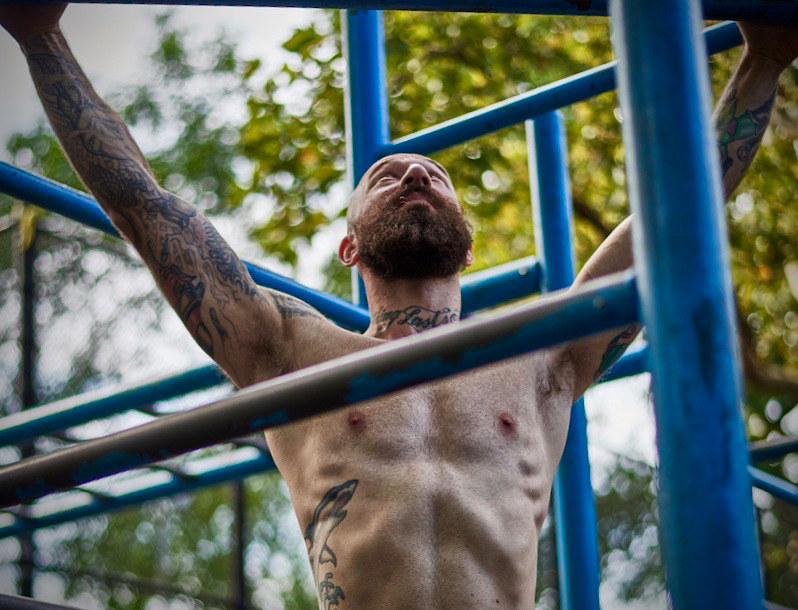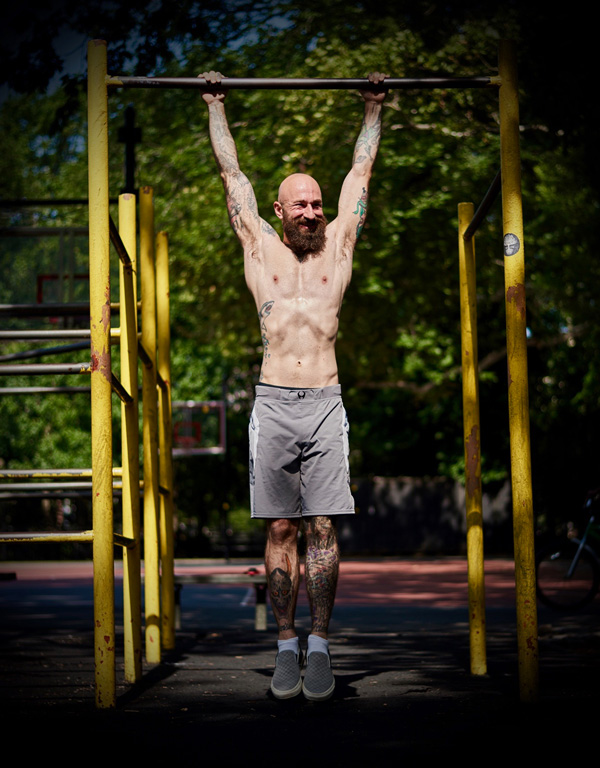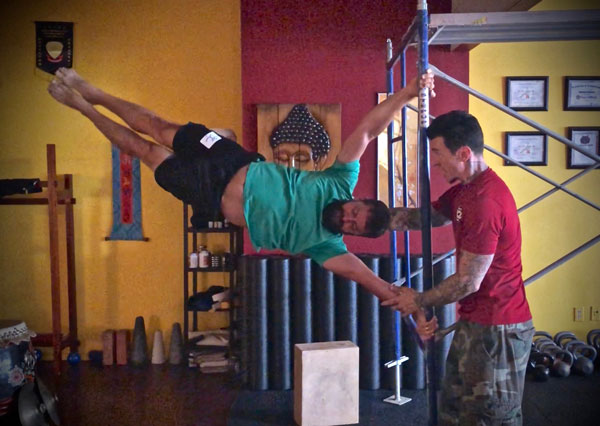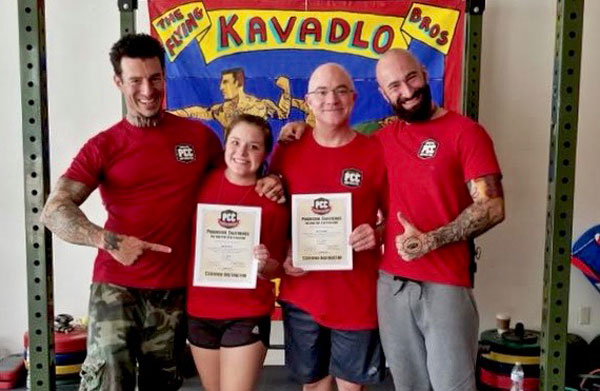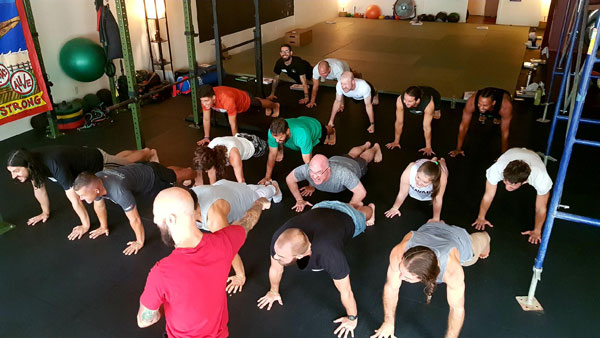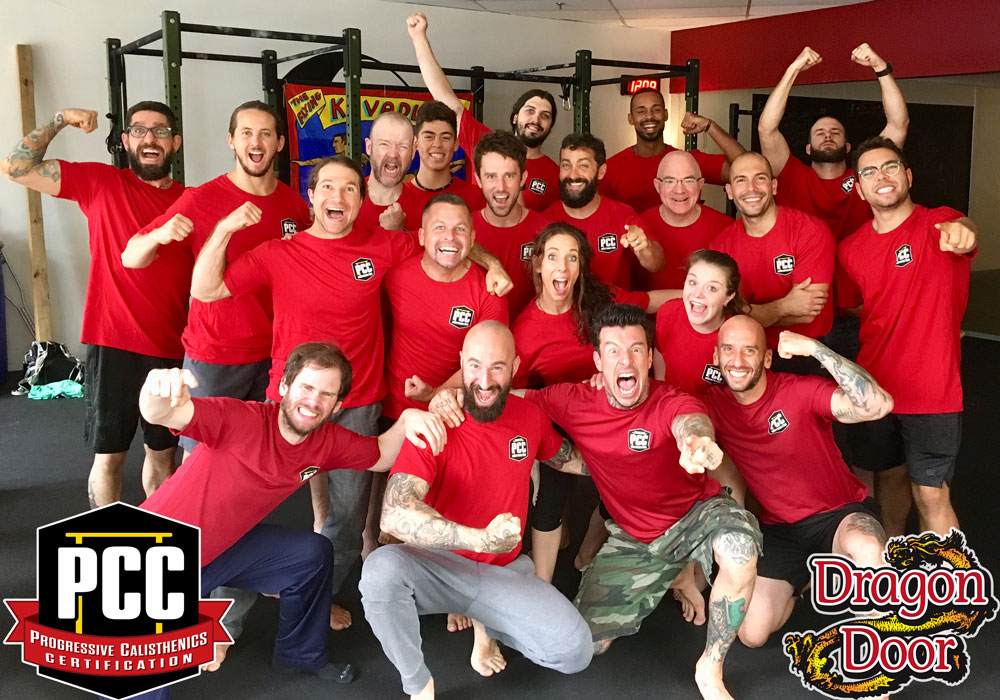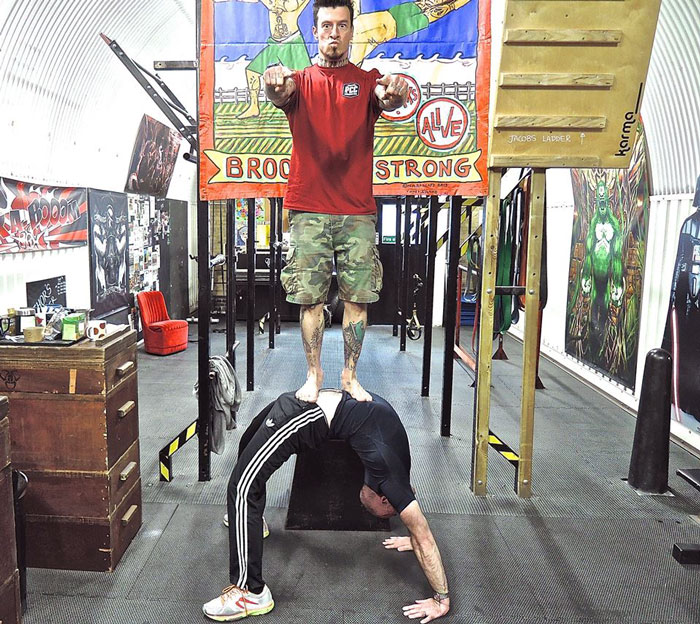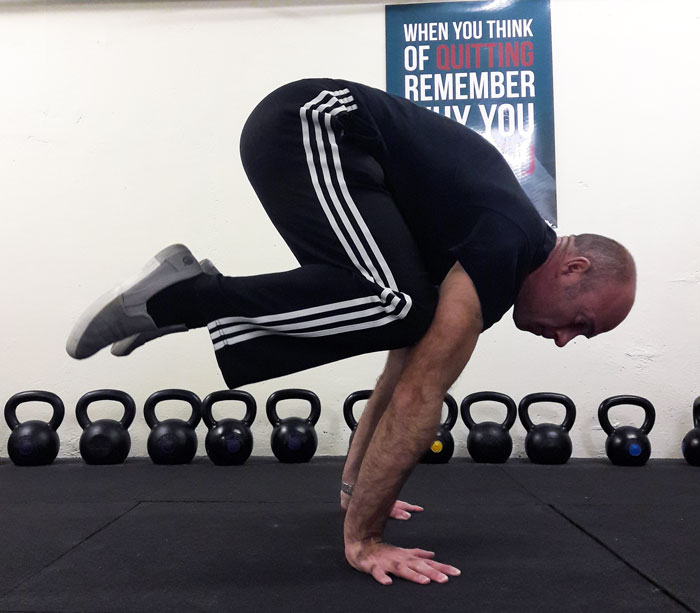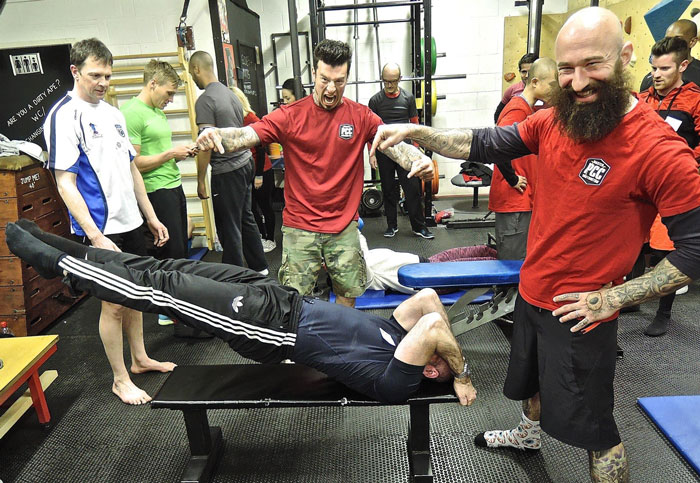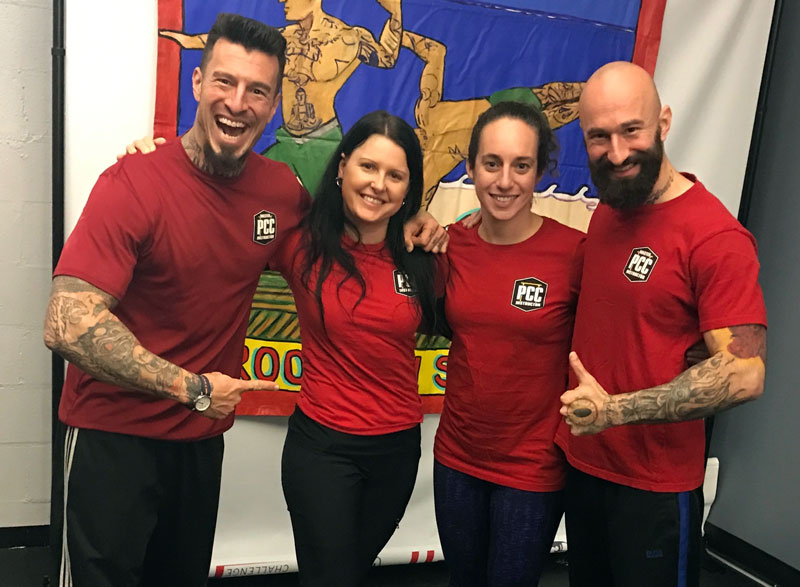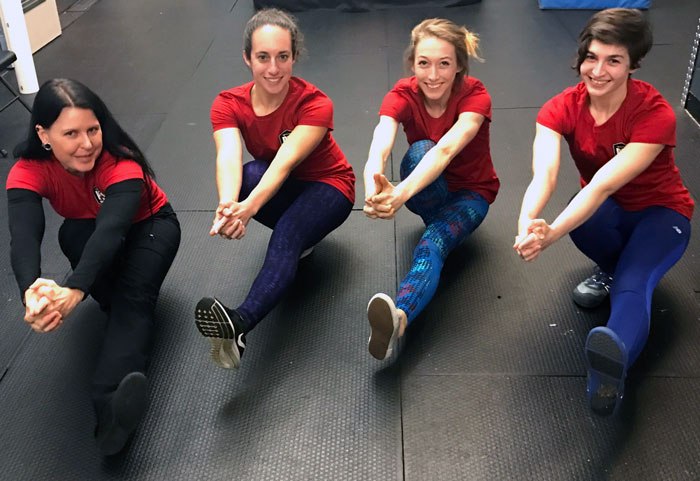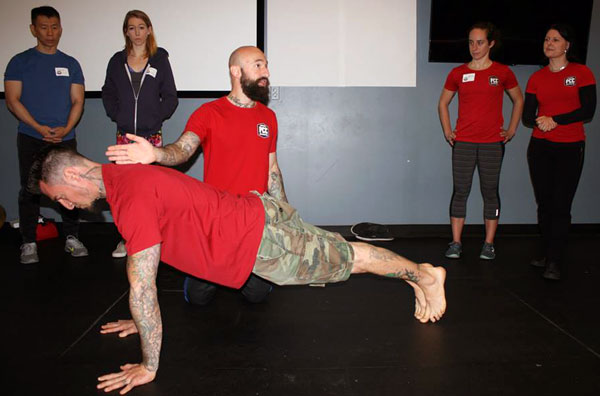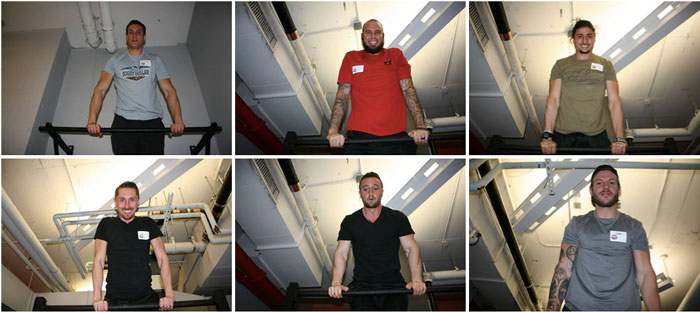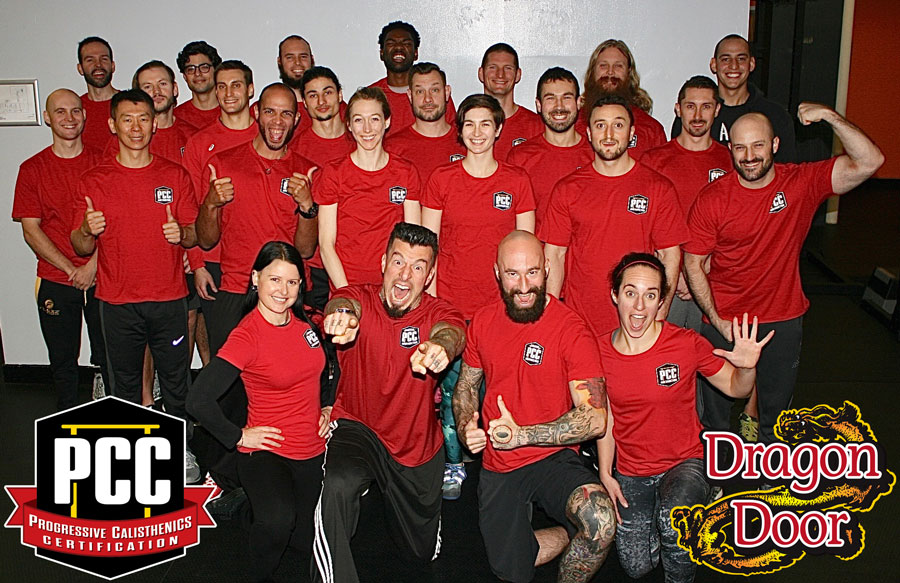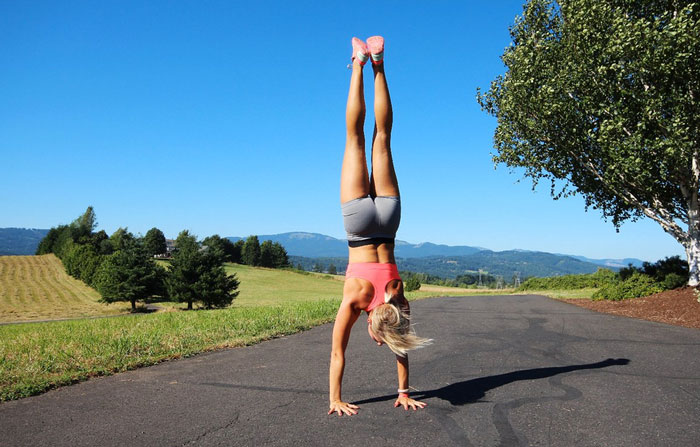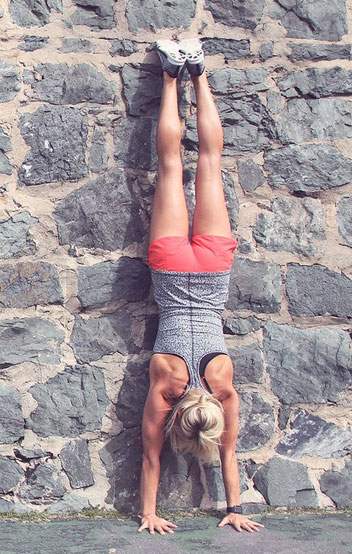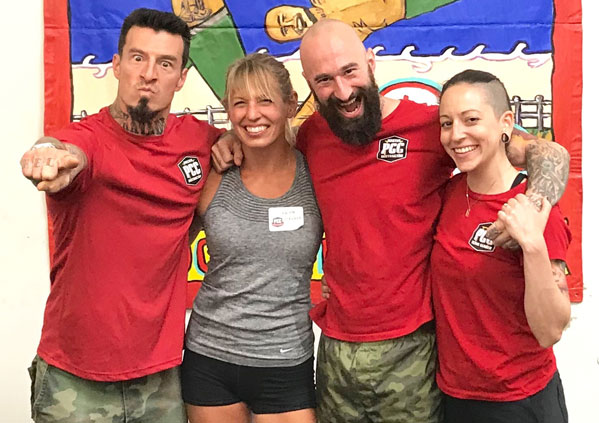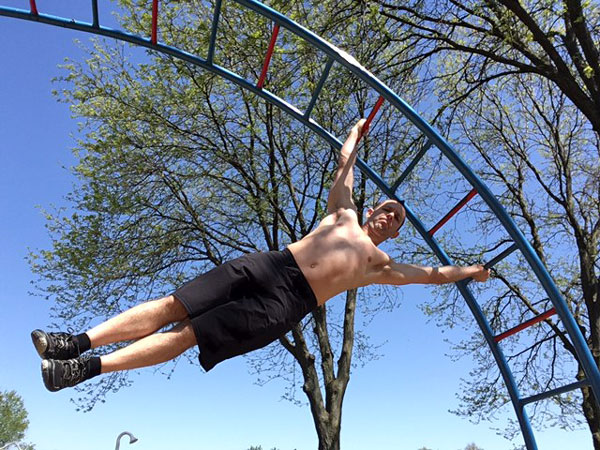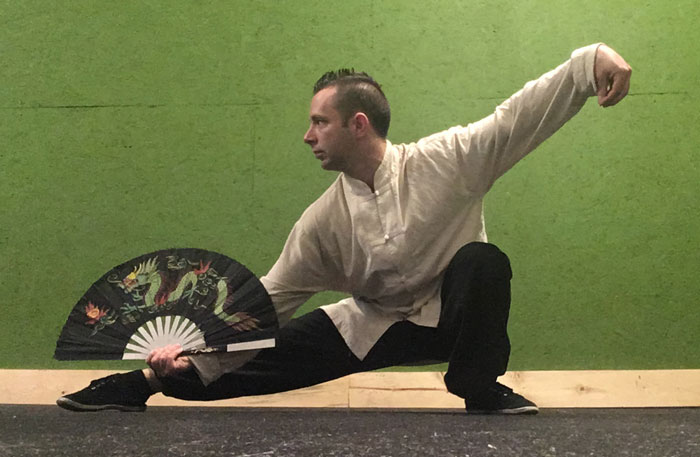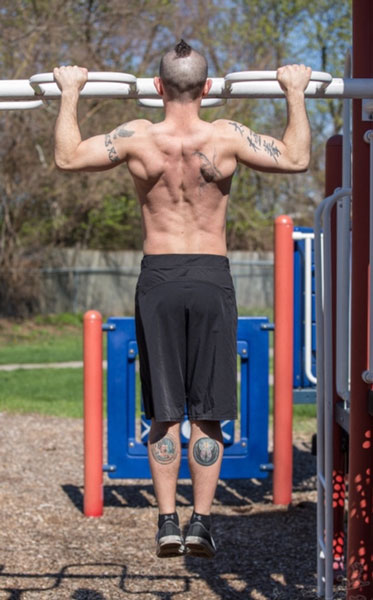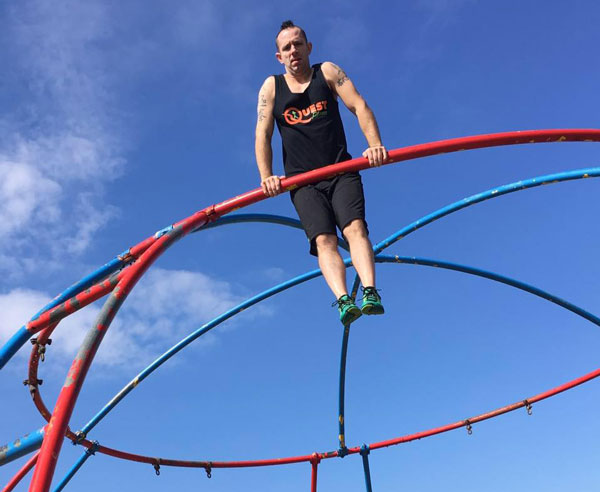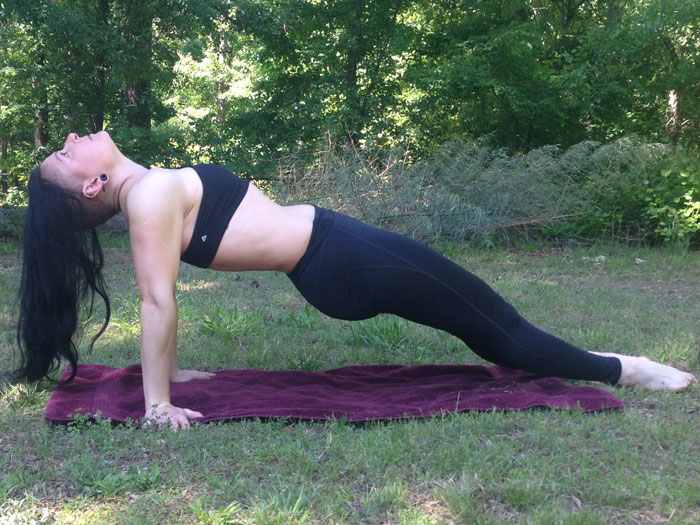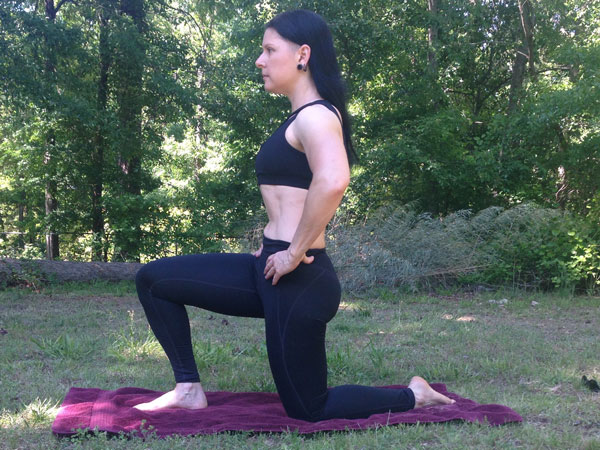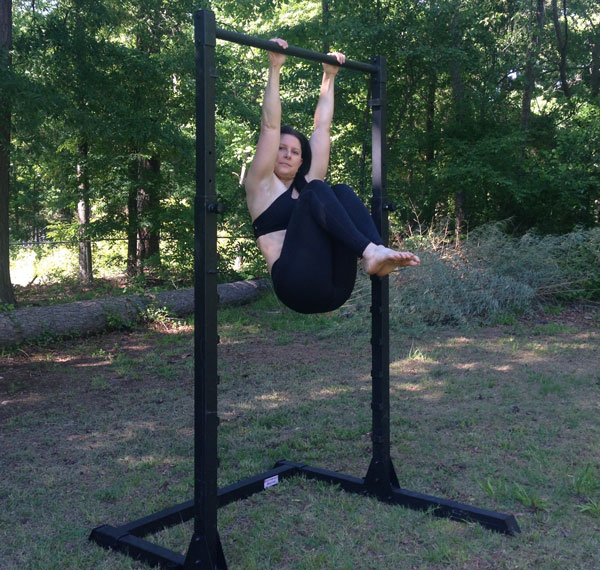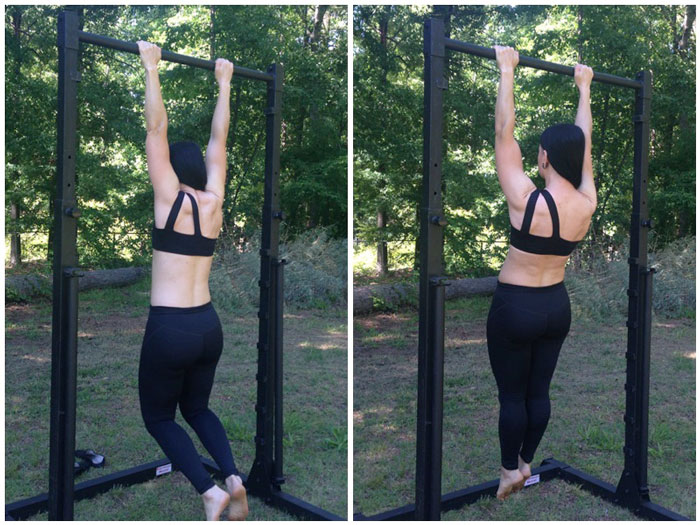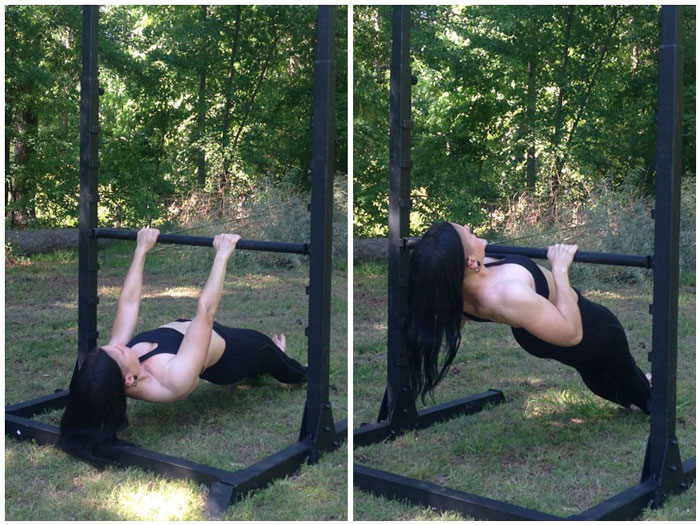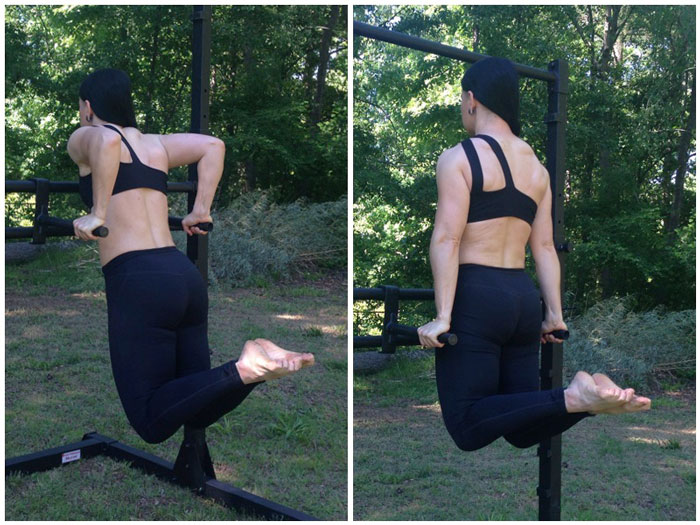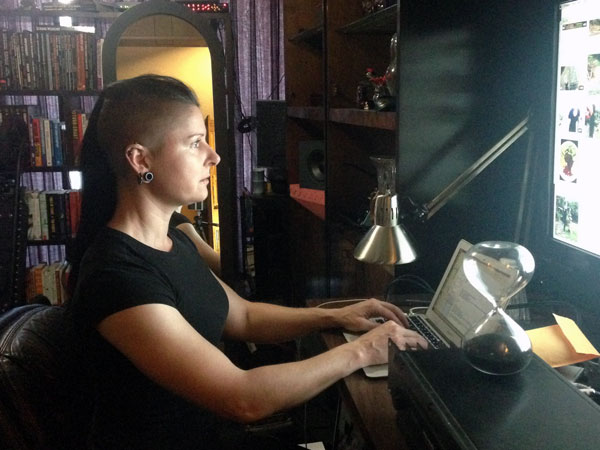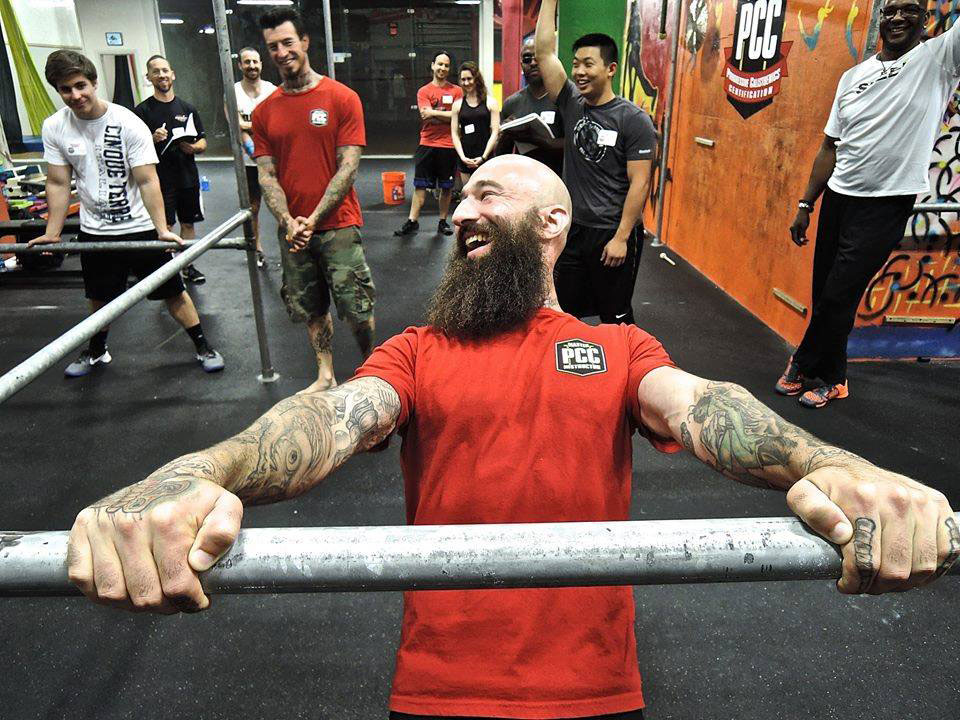
Hey hey hey! I’m Al Kavadlo. I’ve been doing calisthenics and nothing else for twelve years.
I remember in 2009 – a little before my 30th birthday – I decided I wanted to learn the handstand. The early days involved a lot of falling, but after a while I was able to catch myself and little by little those holds became longer and more consistent.
I’d been working out for over 15 years by that point and I was already a successful personal trainer–yet I was just starting to realize there was more to fitness than simply being able to lift something heavy. Something about the synergy of calisthenics was irresistible to me: the raw minimalism, the self-empowerment, the creative element… or maybe just that the moves looked so bad-ass!
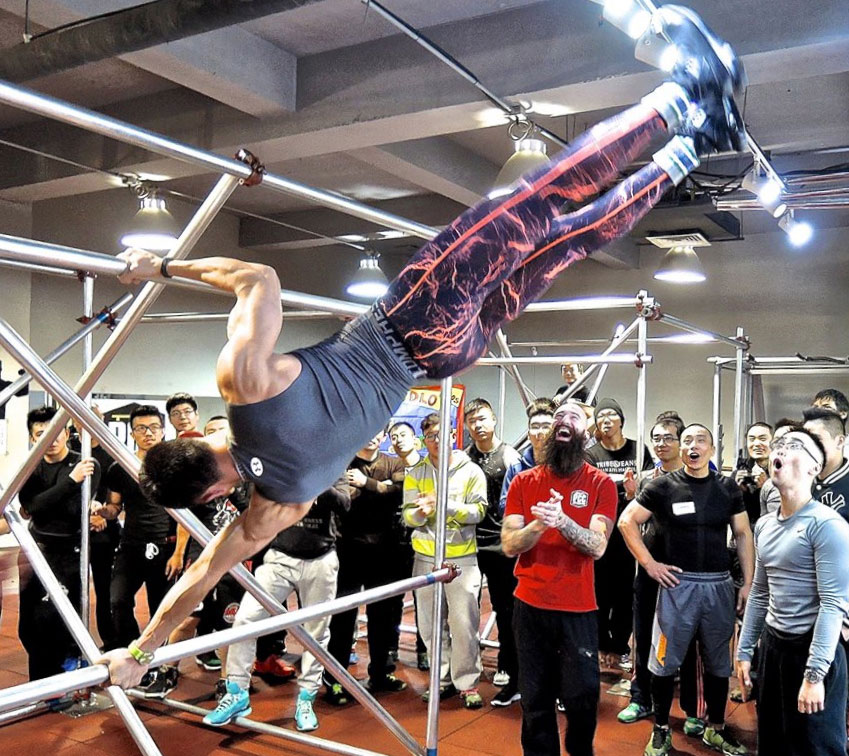
Handstand push-ups replaced military presses. Pistol squats replaced leg machines and alternative push-up variations replaced traditional chest and arm exercises. Front levers, one arm chin-ups and other esoteric bodyweight exercises gradually became more interesting to me than conventional gym workouts.
I didn’t plan for it to happen, It’s not like I suddenly woke up one day and decided to be a bodyweight guy, but by the time I turned 30 my training was pretty much 100% calisthenics.
Back then there was hardly any information available about this type of training, so most of my learning came from my own trial and error. Fortunately I’d been lifting weights and doing pull-ups for a long time already, so I was able to progress fairly quickly. These days, my years of trial and error can work to your advantage!
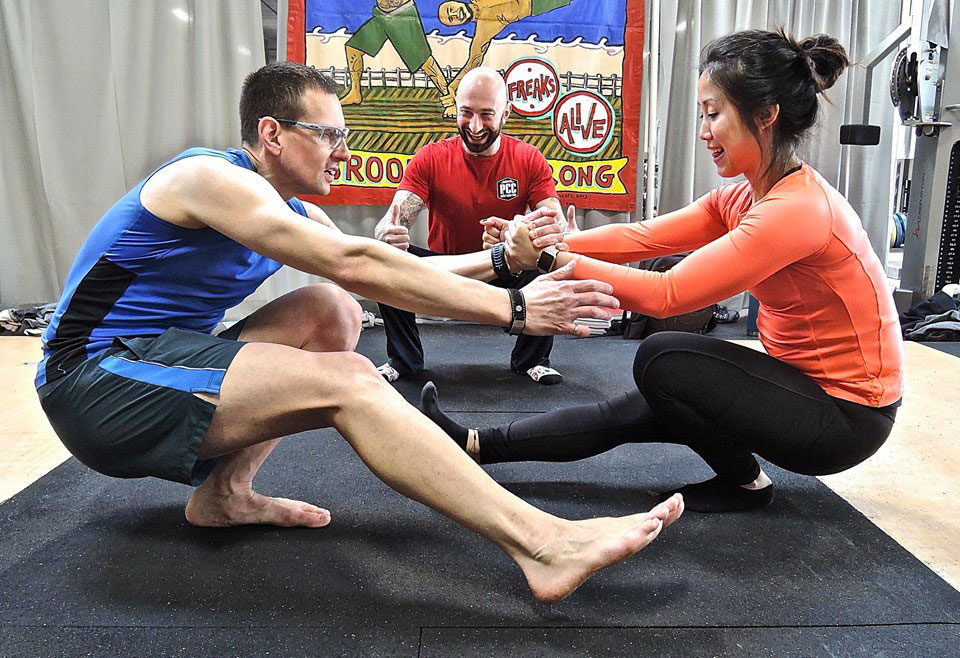
Social media was still pretty new at the time but at a friend’s suggestion I started posting videos on YouTube and blogging about my training. I got my brother Danny involved and he and I kept challenging each other to improve and grow.
I started to gain a following online and I connected with others in the local calisthenics community. Eventually, Danny and I appeared in the Convict Conditioning series and I even landed my own book deal with Dragon Door Publications. I published Raising The Bar in 2012, which became a cult phenomenon. The book was ahead of its time, and was the first to deeply explore the possibility of training with nothing but a pull-up bar and a pair of parallel bars.
I continued publishing more books about calisthenics and in 2013, Danny and I started teaching the world’s first ever calisthenics based fitness certification, the now legendary Progressive Calisthenics Certification. It was dream come true!
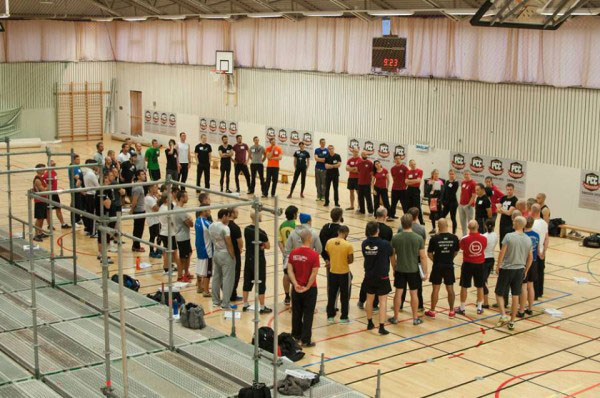
The PCC has been often imitated but never duplicated. Over the years we taught and certified hundreds of trainers in over a dozen countries and scores of cities. We’ve connected with like-minded calisthenics enthusiasts all around the world. You cannot beat the energy, passion and attitude at PCC. It has to be experienced!
I kept refining my skills over the years – and through teaching them to others I further enhanced my own understanding of them. I’m 42 years old now and I’m in better shape than I was in my 20s.
I’m still teaching, still training, and still having fun. In fact, October 9-10, 2021, the Progressive Calisthenics Certification makes its return to my hometown New York City, the place where the bodyweight revolution got started all those years ago!
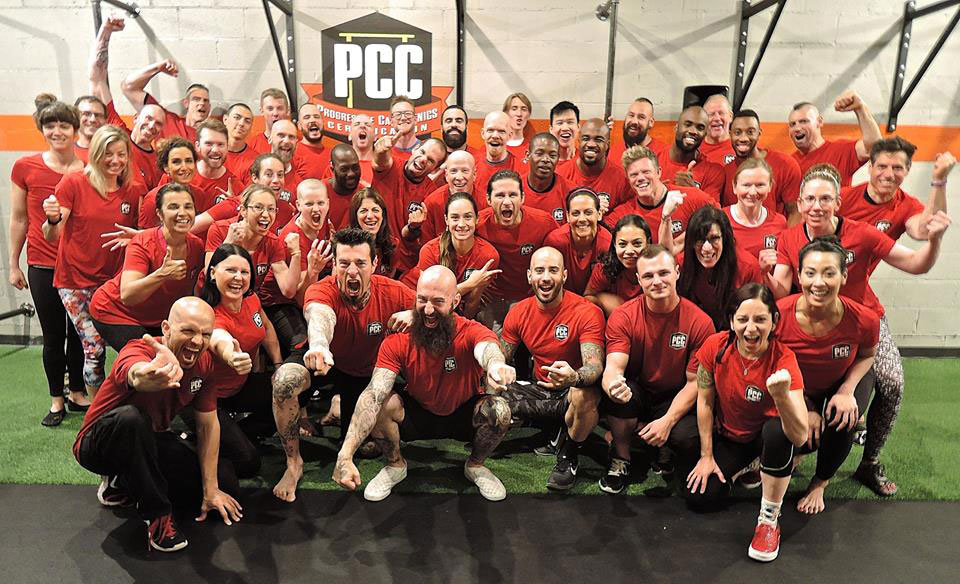
If you’ve ever wanted to train with Danny and me in person, then now is the time! If you’ve ever wanted to share in the excitement that is PCC, then your day has come! If you’ve already taken the PCC and are hungry for more, then this is your chance to re-certify. Come have a new life experience you’ll never forget. The PCC has grown and changed over the years, just as I have. Just as you have.
Check out this video and learn more about my journey:
Thanks for reading! I hope you enjoyed my story – if you did, then I hope to see YOU at PCC this October.
Til next time, I’m Al Kavadlo…
